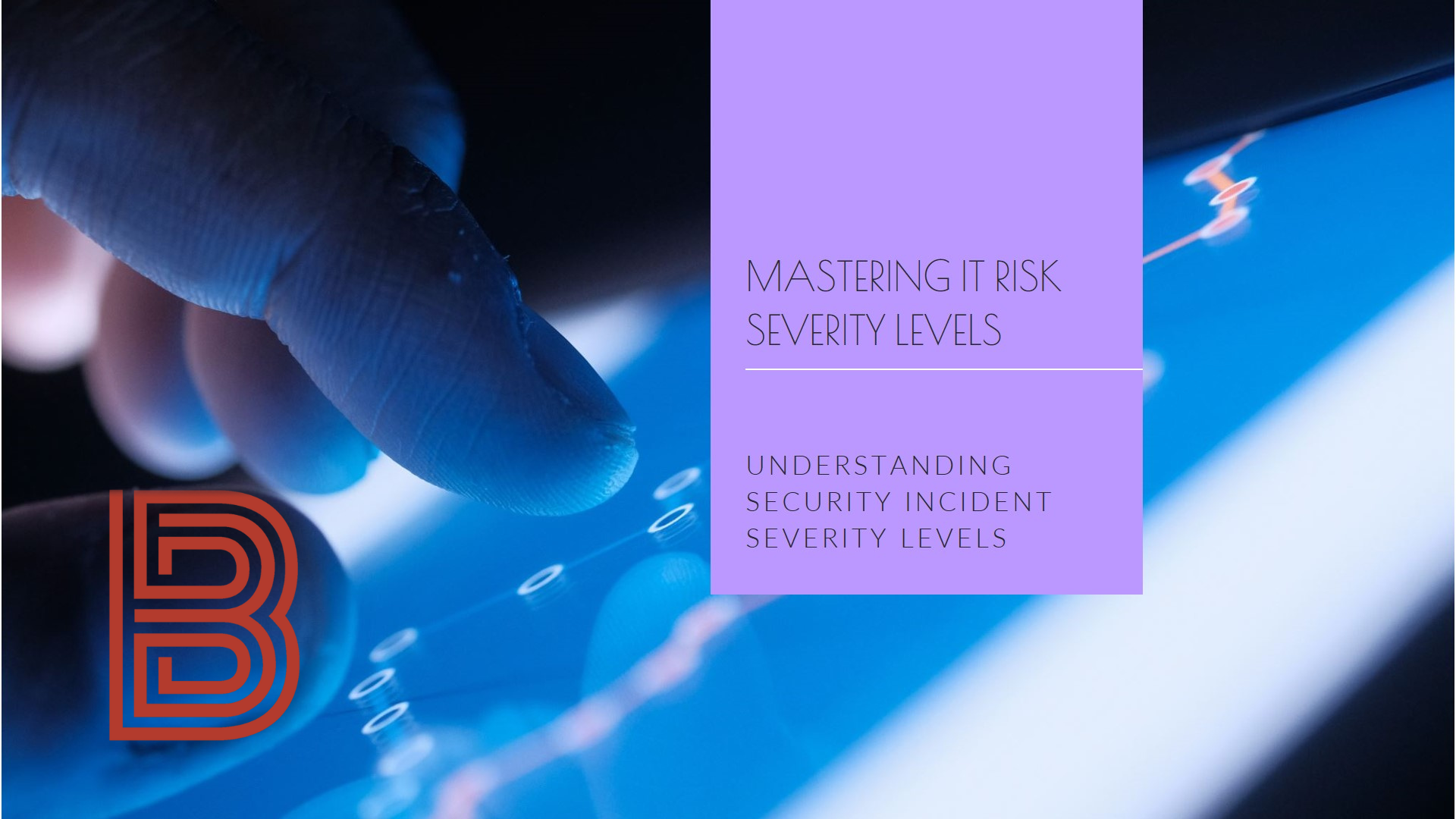
In today’s digital age, organizations face an ever-increasing array of cybersecurity threats. The rapid pace of technological advancement has amplified the complexity of IT environments, making them susceptible to security incidents ranging from minor breaches to catastrophic data losses. To effectively manage these risks, organizations implement a system to classify security incidents by severity level. This classification helps in prioritizing responses, allocating resources, and mitigating risks in a structured manner.
What Are Security Incident Severity Levels?
Security incident severity levels are a categorization framework used to determine the impact and urgency of security events. These levels allow organizations to assess how an incident affects their systems, data, and stakeholders. Typically, incidents are classified into levels such as Low, Medium, High, and Critical, although organizations may customize these categories to align with their specific risk management frameworks.
Factors Determining Incident Severity
Several factors influence the severity level of a security incident:
Impact on Business Operations:
How significantly the incident disrupts business processes or service delivery.
Scope of Affected Systems:
The number and importance of systems, networks, or applications impacted.
Data Sensitivity:
Whether the incident involves sensitive data such as personally identifiable information (PII), financial data, or intellectual property.
Threat Actor’s Intent:
The goals and capabilities of the perpetrator (e.g., opportunistic hackers vs. advanced persistent threats).
Likelihood of Escalation:
The potential for the incident to cascade into larger issues if not addressed promptly.
Common Severity Levels Explained
Low Severity:
These incidents have minimal impact on operations and data integrity. Examples include failed login attempts or blocked phishing emails. Response can typically be handled during regular business hours.
Medium Severity:
Incidents that slightly disrupt operations or expose non-critical systems to potential vulnerabilities. Examples include malware detections or unauthorized access attempts without significant damage. These require timely investigation and resolution.
High Severity:
Incidents that compromise key systems or data, leading to operational disruptions or regulatory non-compliance. Examples include ransomware attacks affecting production environments. Immediate response is essential.
Critical Severity:
The most severe category, involving incidents that threaten the organization’s survival, such as large-scale data breaches or targeted attacks on critical infrastructure. These demand all-hands-on-deck responses and potential external assistance.
The Role of IT Risk Management
IT risk management encompasses identifying, assessing, and mitigating risks to an organization’s information assets. Severity classification is a critical component, enabling teams to:
Prioritize Resources:
Allocate skilled personnel and tools where they are needed most.
Streamline Communication:
Inform stakeholders with appropriate urgency based on the severity level.
Comply with Regulations:
Meet reporting requirements for high-severity incidents as mandated by laws like GDPR or HIPAA.
Best Practices for Managing Security Incident Severity
Establish a Clear Framework:
Define severity levels and criteria in advance to ensure consistency.
Implement Monitoring Tools:
Use tools that can detect anomalies and provide real-time alerts.
Conduct Regular Training:
Educate employees on recognizing and escalating incidents appropriately.
Perform Post-Incident Reviews:
Analyze the response to high-severity incidents to improve future readiness.
Summary
Understanding and categorizing security incident severity levels is essential for effective IT risk management. By implementing a structured approach to assess and respond to incidents, organizations can minimize downtime, safeguard data, and maintain trust with stakeholders. In an era of escalating cyber threats, this proactive approach is not just an operational necessity but a strategic imperative.




















